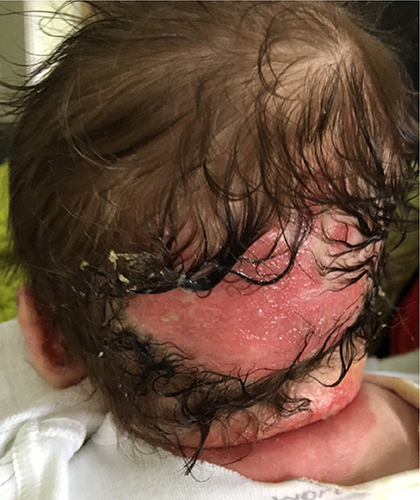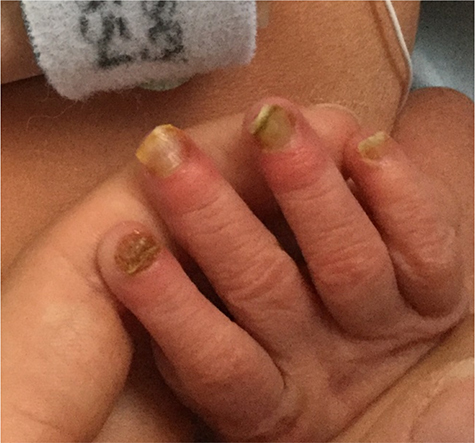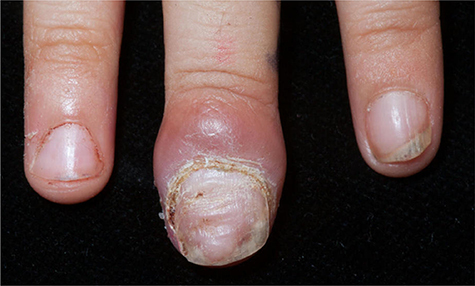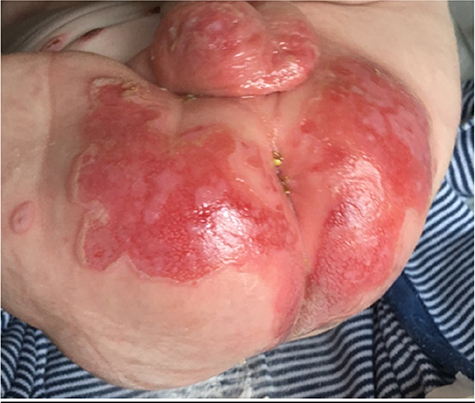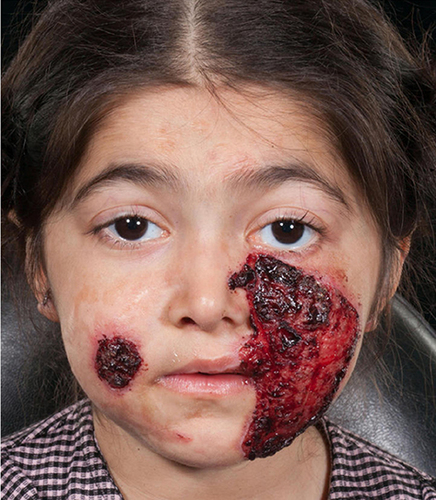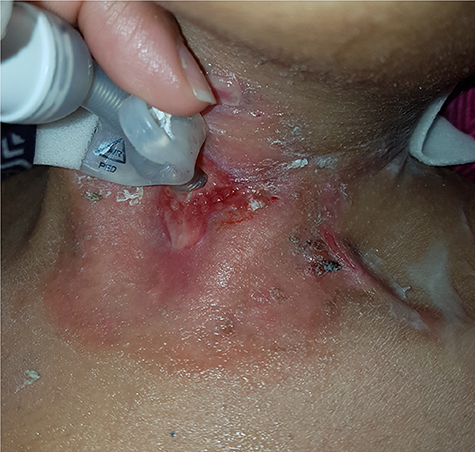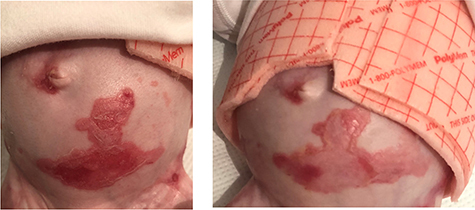Open access
186
Views
0
CrossRef citations to date
0
Altmetric
Review
Optimal Management Of Chronic Wounds In Paediatric Junctional Epidermolysis Bullosa Patients
CR McDonaldPaediatric Dermatology, Great Ormond Street Hospital for Children NHS Foundation Trust, London, UK
, K PleveyPaediatric Dermatology, Great Ormond Street Hospital for Children NHS Foundation Trust, London, UK
, G PetrofPaediatric Dermatology, Great Ormond Street Hospital for Children NHS Foundation Trust, London, UK
& AE MartinezPaediatric Dermatology, Great Ormond Street Hospital for Children NHS Foundation Trust, London, UKCorrespondence[email protected]
Pages 99-107
|
Published online: 03 Oct 2019
Related research
People also read lists articles that other readers of this article have read.
Recommended articles lists articles that we recommend and is powered by our AI driven recommendation engine.
Cited by lists all citing articles based on Crossref citations.
Articles with the Crossref icon will open in a new tab.

